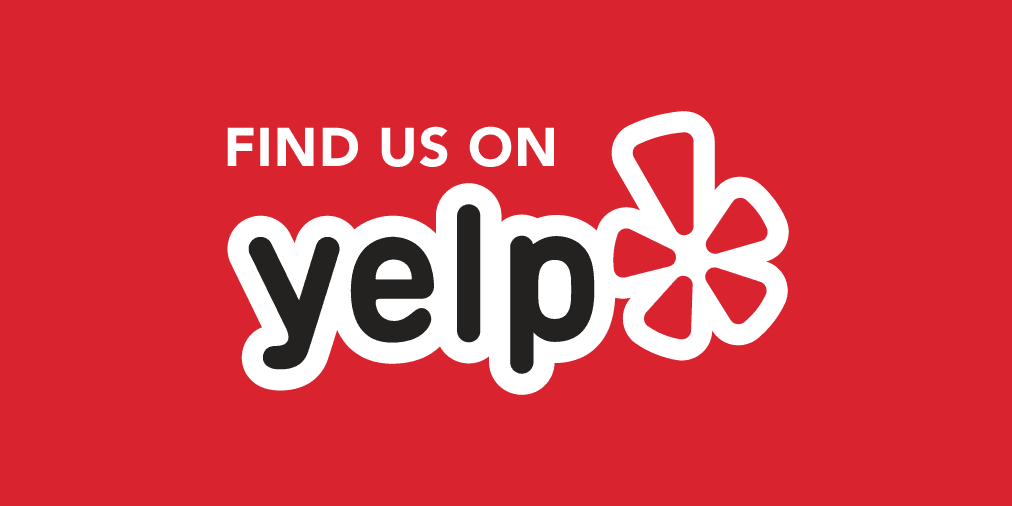In recent months, big brands have partnered with nonprofit corporations to create “cause” related marketing campaigns. So far, their campaign’s purpose has accomplished exactly what cause related marketing is supposed to elicit: build awareness around a cause while engaging consumers and elevating a brand. Two companies that have done it right are Uber and Adobe. Uber has partnered with the National Center for Missing and Exploited Children (NCMEC) to introduce AMBER Alerts to help find missing children. Adobe has partnered with Ad Council, agency Goodby Silverstein & Partners, as well as a host of media companies, to launch an anti-bullying campaign.

Uber Highlights Transport Network to Find Missing Children
Uber and the AMBER Alert program’s main initiatives are to increase the reach of missing children alerts in their respective regions. Their vast transportation network, which covers over 75% of the U.S. population, is a solution to combat this ongoing issue in hopes to get missing children home safely.
AMBER Alerts has used traditional advertising including TV and radio since 1996 when the system was first launched. Since then, other companies including Google, Facebook, and Microsoft have also integrated AMBER Alerts into their systems as well to capture the ever-growing online community. Uber has captured an entirely new network of the transportation community, which, until now, has been untapped in this capacity.
Here’s how it works. When an AMBER Alert is issued, driver-partners will immediately receive geographically targeted information that may help locate and recover a missing child. By getting more eyes on the ground during time sensitive situations like these, we hope that it will result in more children found and a closing of the gap for outstanding missing children.
 Adobe Builds Activation Rather Than Awareness for Anti-Bullying
Adobe Builds Activation Rather Than Awareness for Anti-Bullying
The purpose of the “I Am A Witness” cause is to highlight accountability when bullying is taking place. The idea came from Adobe’s account director, Cassi Norman who told Adweek, “We saw this scene in the movie where this kid was getting bullied on a bus. We stopped ourselves and said, ‘Yeah, there’s a kid being bullied. And there’s a bully. But what about all these kids that are witnessing it and not doing anything?'” “I Am A Witness,” is the first anti-bullying campaign that targets people who are the witnesses of bullying. Finding a way to get people who are witnessing bullying to actually acknowledge the situation by taking action is the ultimate goal; however, baby steps are needed to prevent such a big issue.
One baby step the campaign is taking is creating an “I Am A Witness” emoji. One of their media partners, Apple, added the emoji to their new iOS 9.1 update. “We are asking people to consider using the emoji when they see bullying. It seems like something that could really scale up in terms of use,” says GS&P copywriter, Kate Baynham. The new emoji targets a younger audience, a demographic that experiences bullying the most. Using the “I Am A Witness” emoji also compliments the target audience’s already existing habits when using emoticons to express their feelings throughout the day on social platforms. “It’s so natural to use,” Norman said. “We’re already trying to change a pattern and change a behavior, so giving them something that’s easy and natural to use eliminates an extra barrier to that.”
So far, there are two videos including an animation created by Moonbot Studios and another showing YouTube stars reading mean comments and speaking out against bullying. Other platforms such as BuzzFeed, Instagram, Kik, Shots, Snapchat, Tumblr, Vebo, We Heart It and Whisper plan to roll out their own custom campaigns as well. Nonprofit partners including The Bully Project, GLSEN, PACER, and the Trevor Project are also providing resources and expertise for the cause.
Uber and Adobe have created innovative, powerful cause marketing campaigns. Both brands have put a refreshing twist on both causes while simultaneously capturing different target audiences. They have been able to evoke an emotional response and so have engaged consumers, elevated their brand, and most importantly, built awareness around a cause.

 Adobe Builds Activation Rather Than Awareness for Anti-Bullying
Adobe Builds Activation Rather Than Awareness for Anti-Bullying







